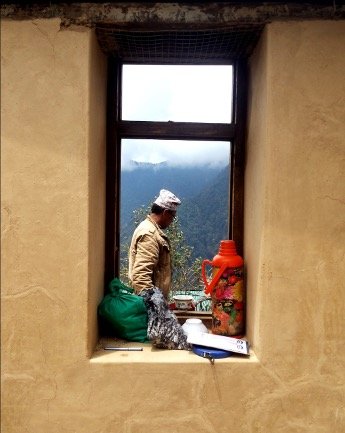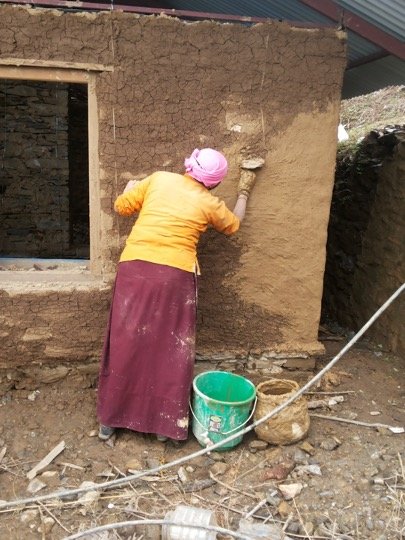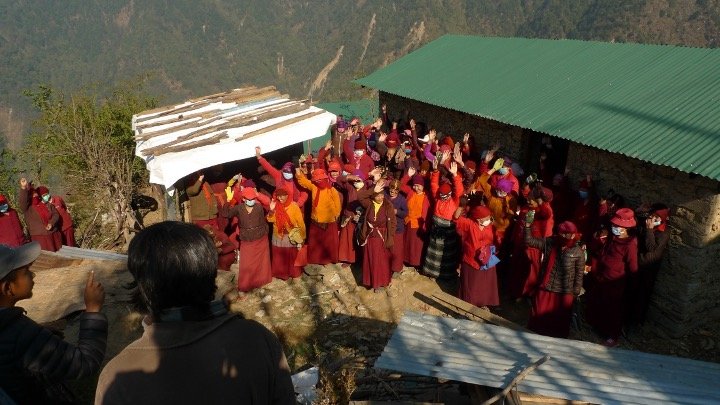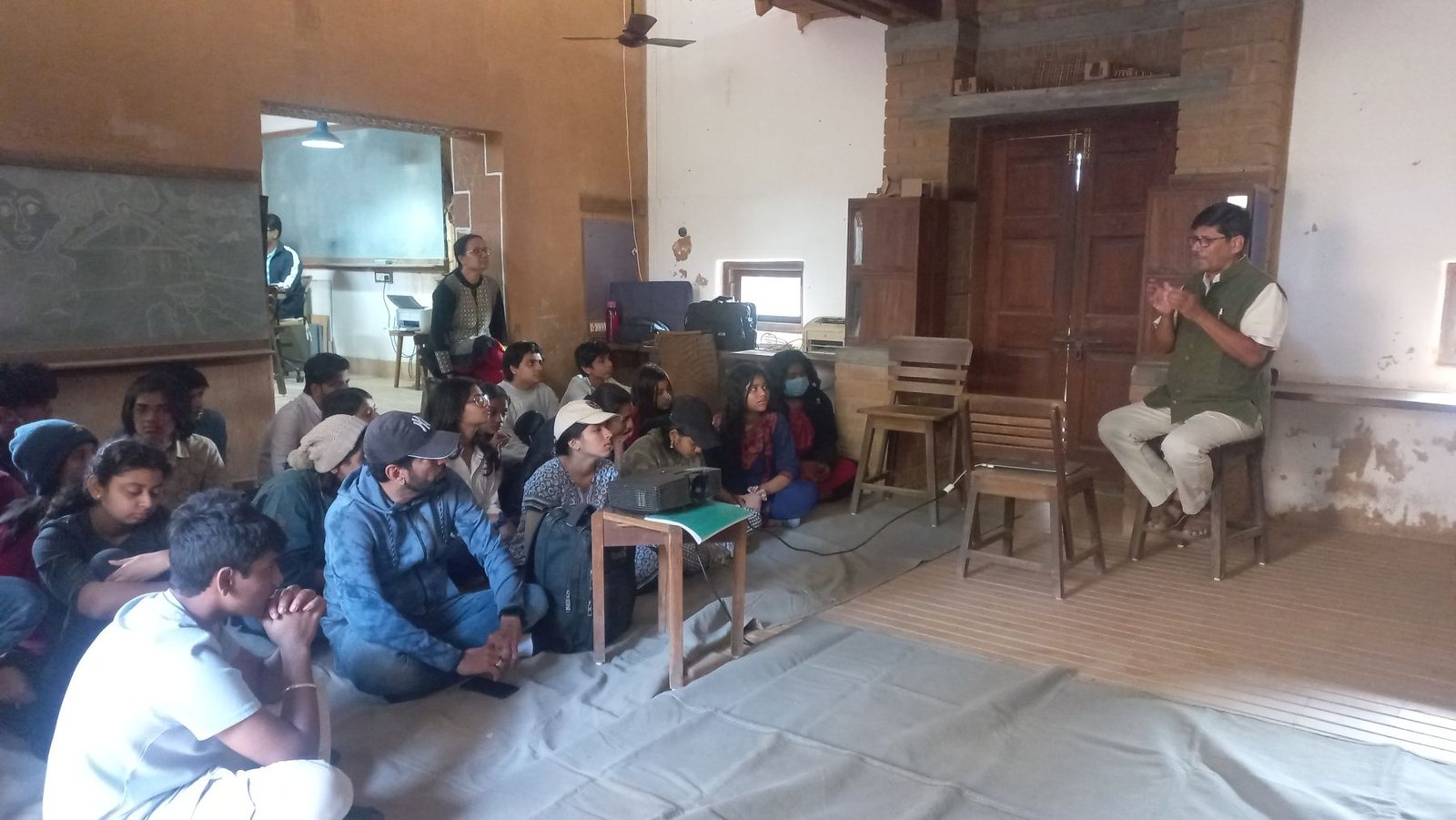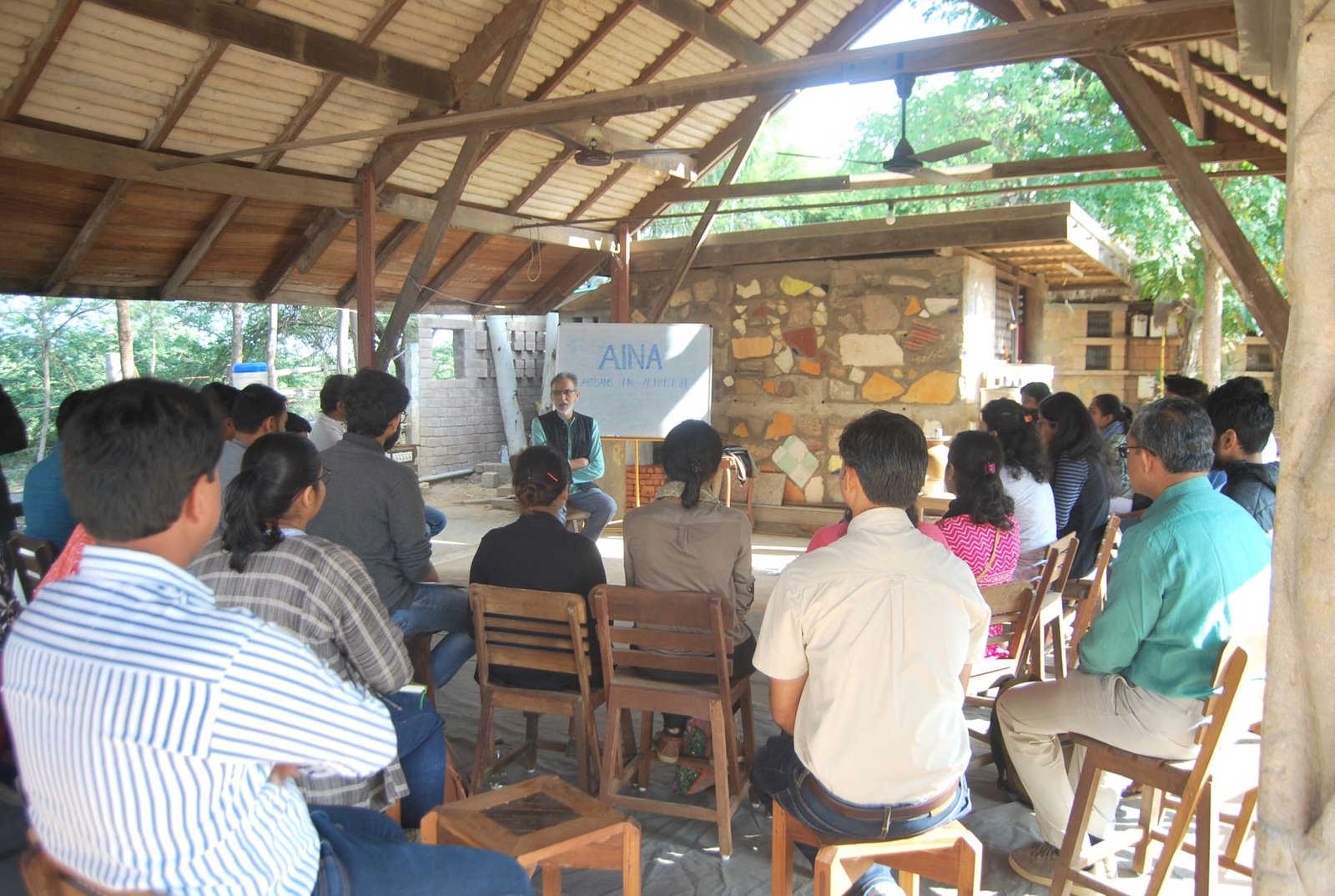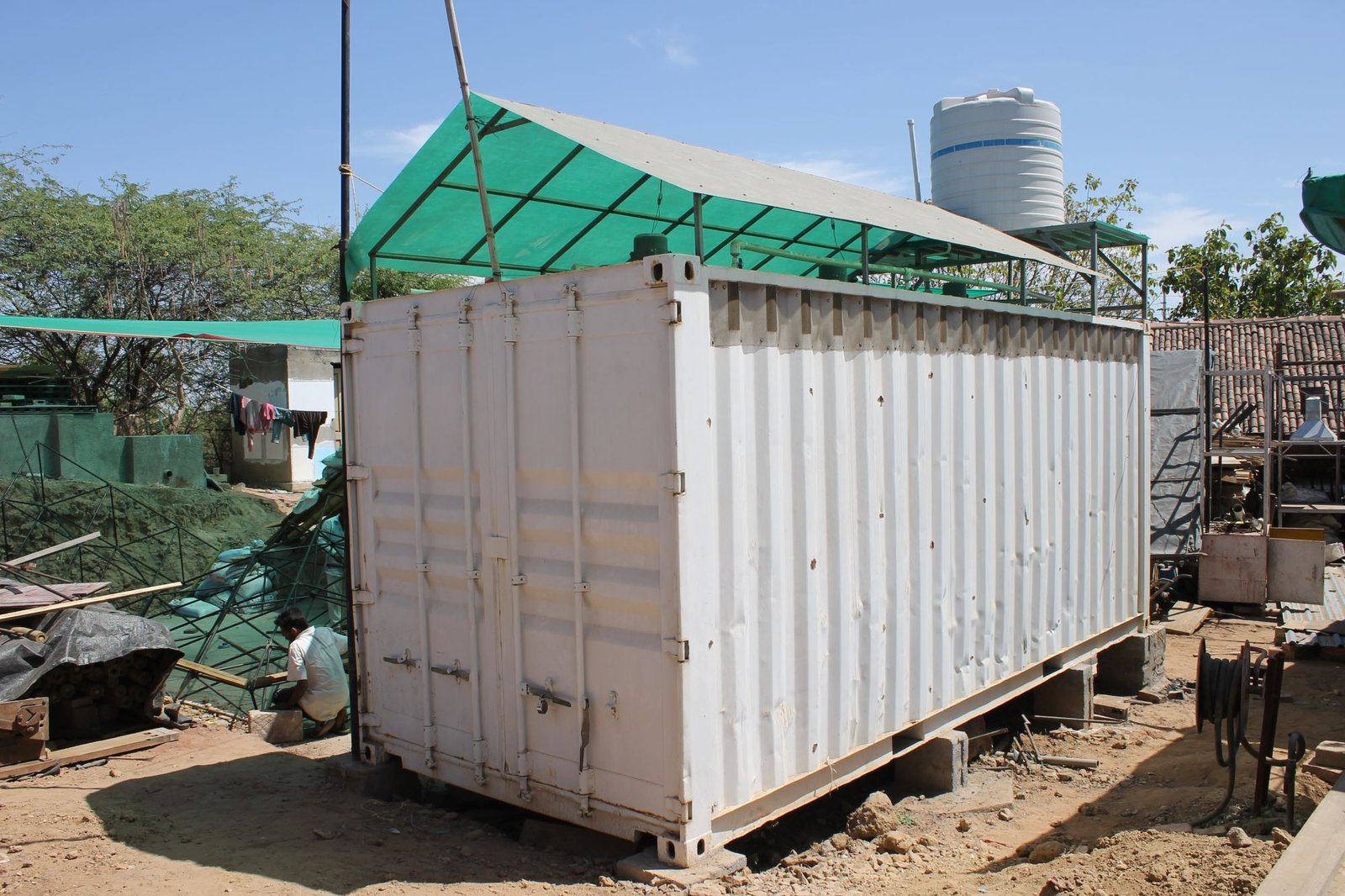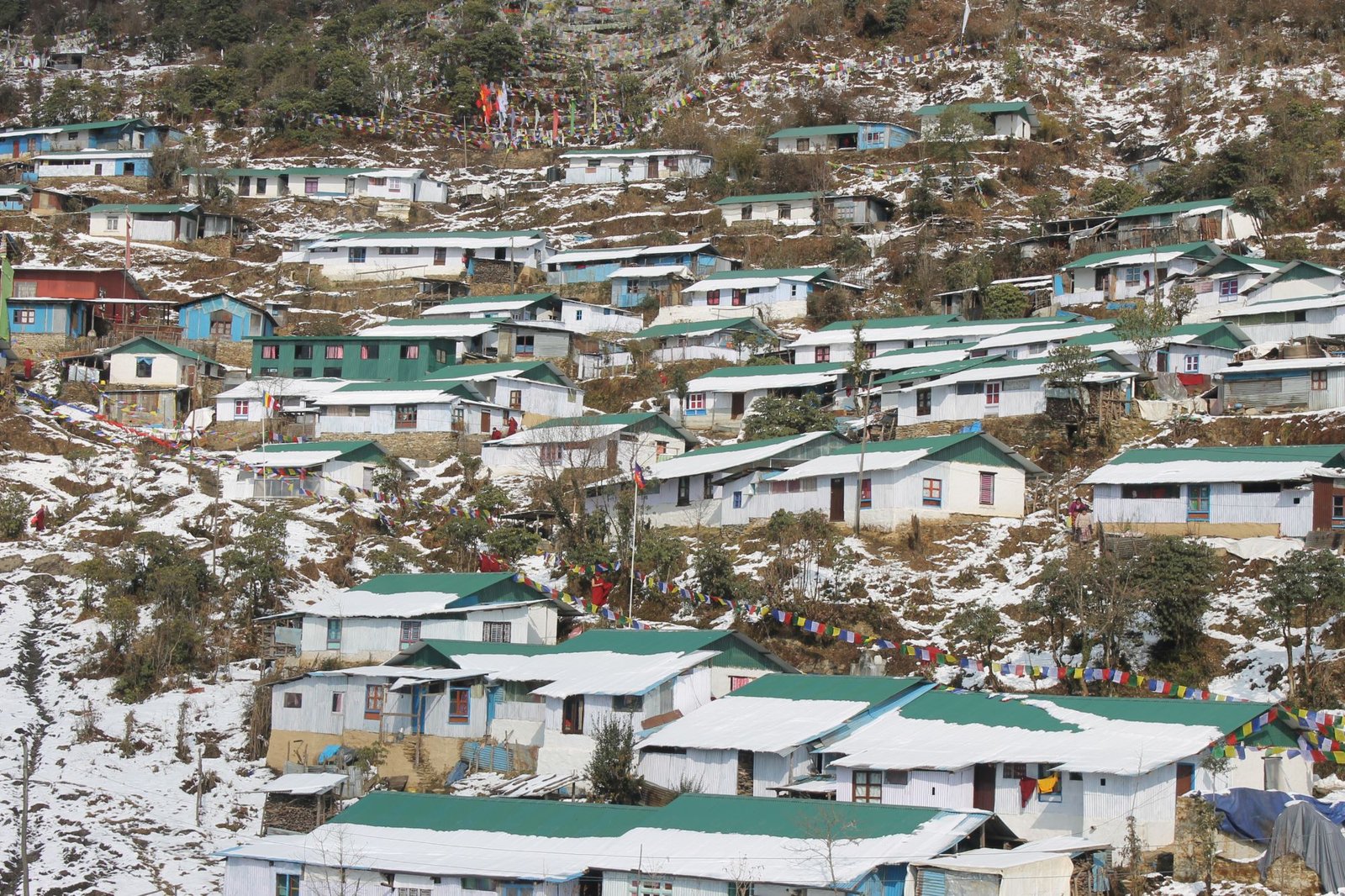
In the aftermath of the catastrophic earthquake (measuring 7.8 on the Richter scale) that struck Nepal in April 2015, the American Jewish World Society (AJWS) took up the initiative to reconstruct Bhakhang, a village inhabited by approximately 170 Tibetan nuns. Situated near the Nepal-Tibet border, Bhakhang suffered extensive damage with nearly all houses collapsing and leaving around 200 nuns seeking shelter in difficult temporary conditions. Due to the village’s remote location without vehicular access, aid delivery posed significant challenges, prompting urgent rehabilitation efforts.
The original houses in Bhakhang, constructed with poor-quality mud mortar, proved vulnerable to damage and ultimately collapsed during the earthquake. The reconstruction and redevelopment of the village had to address these challenges. The remote location and limited access to vehicular transport called for a construction technique that utilised locally available materials. Collaborating with Prof. K.S. Jagadish, a technique was developed involving locally sourced stones laid in mud mortar, reinforced with galvanised wire mesh at intervals of two feet in the masonry. To assess its earthquake performance, the technique underwent a shock table test at NIRMA University, Ahmedabad, yielding satisfactory results.
The reconstruction efforts not only aimed to rebuild the physical structures but also sought to uplift the morale of the affected nuns. The earthquake had not only shattered the walls but also their spirits. Consequently, there were initial reservations among the nuns about using mud as a building material.


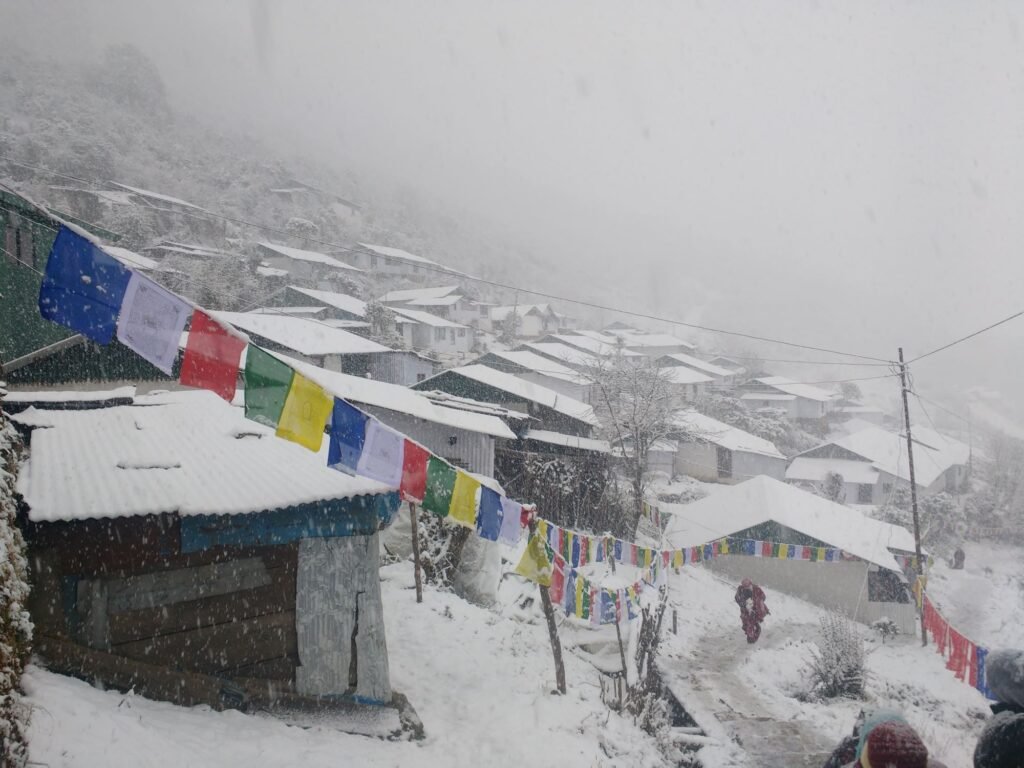
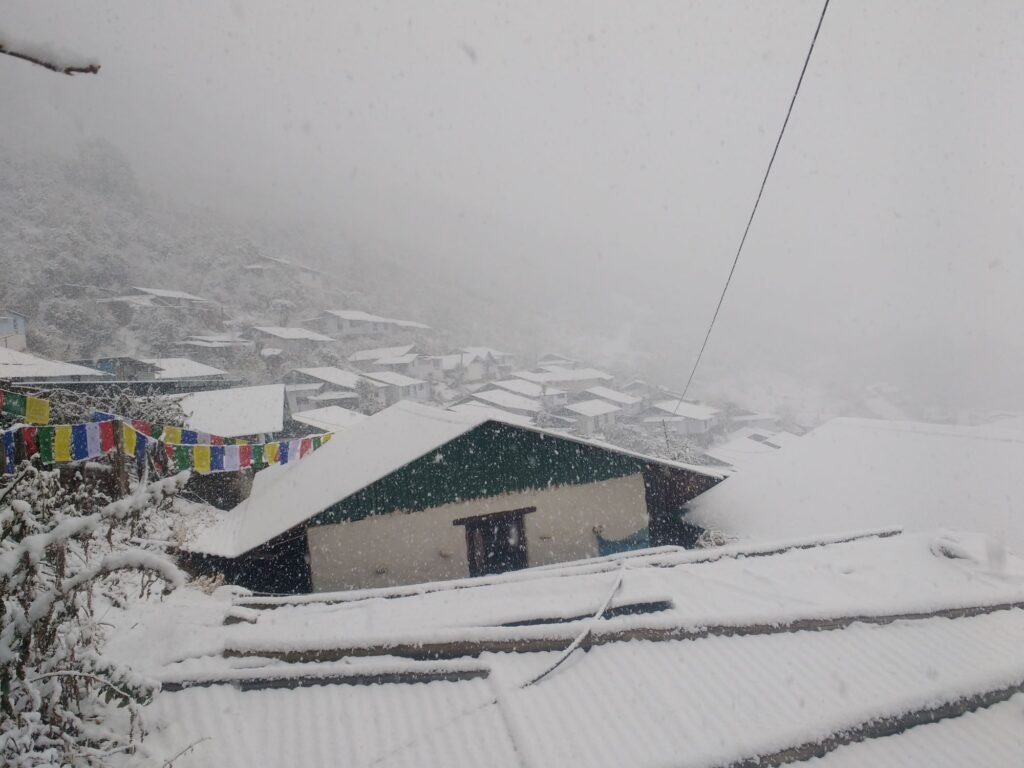

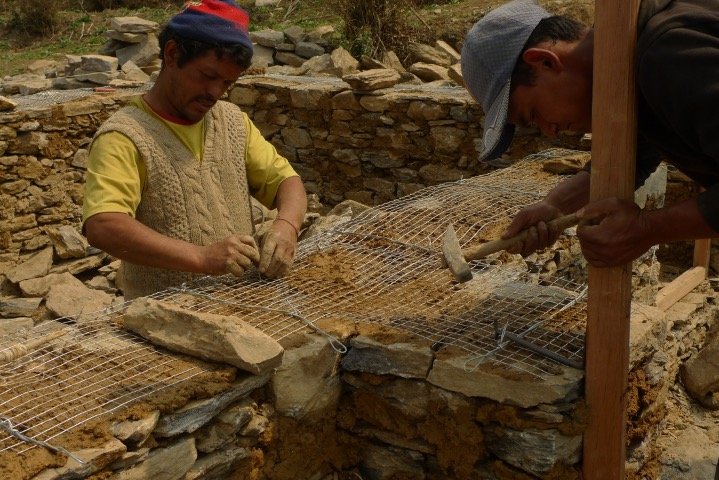
However, through dedicated efforts, the team managed to restore their confidence. Local masons were trained in the construction technique, allowing them to continue implementing it in other regions. The stones salvaged from the destroyed houses were repurposed in the construction of the new homes. A participatory approach was adopted, ensuring that the concerns and needs of the nuns, who would inhabit these houses, were incorporated. Moreover, the nuns actively contributed their labour during the construction process.
At the time construction commenced, the Nepal government had yet to formulate a policy for rural reconstruction. Bhakhang, being one of the first villages to initiate reconstruction, had a significant impact on Nepal’s rural rehabilitation policy. As a result, plans were made to implement the same construction technology in other rural areas, marking a positive influence on the broader recovery efforts.
The reconstruction of Bhakhang not only symbolises the physical rebuilding of a village but also represents the resilience and determination of its inhabitants. Through the collaboration between AJWS, local communities, and skilled professionals, the project has not only provided safe and sustainable housing but has also empowered the nuns and contributed to shaping Nepal’s approach to rural reconstruction.
